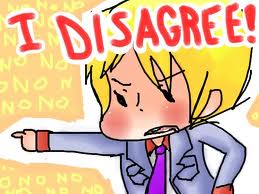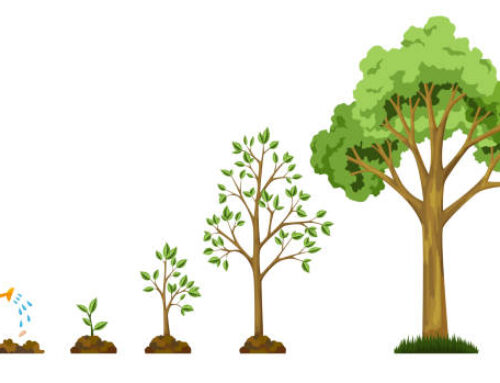Healthy Disagreement
Shawnee Love •
March 14, 2013
In business, if two people agree all the time, one of them is redundant.
When I heard this recently, it struck me as one of those great business truths that bears repeating and analyzing.
You have heard me before complain that consensus decision making is a great time waster which aligns well with the one liner above. Contrarily, one of the top 10 reasons teams explode (according to research provided by the Ken Blanchard Companies) is because they don’t have good methods for handling conflict and differing opinions.
How do you blend these two competing positions to success in the workplace is the topic of this blog.
For me, the clear solution is to establish methods of healthy disagreement and of course by doing so to call out unhealthy conflict.
Unhealthy conflict is perhaps easiest to define and recognize. It can be personal, negative, destructive, and feel particularly hostile. It will be evidenced by passive/ aggressive behaviours, backstabbing, finger pointing, raised voices, tension, lowered productivity, heightened absenteeism, additional grievances and complaints, etc.
Healthy conflict is more difficult to point out, because few people inherently know how to do it and as such it has to be learned and practiced. For me, healthy conflict starts with respecting each other for what each individual brings to the table. That can be a challenge in a large diverse team, so it is critical to foster relationships between team members. Sadly, the warm fuzzy things like team lunches, and team building retreats have gone by the wayside in recent years, but at the current pace of business they are needed more than ever. Only when you get to know each other can you learn to respect and value each other for their unique talents and viewpoints.
To ensure healthy discussion with diverse opinions and perspectives, it is also critical to hire diversely, i.e., different ages, genders, cultures, etc. The conflicts that come from not seeing things from the same perspective are the same ones that lead to better decisions if the team/ organization has a method for keeping discussions professional (not personal) and constructive rather than negative.
Which brings me to my next requirement for healthy conflict and that is to have a method you can train people to use. Perhaps it is to allow unfettered brainstorming with no “buts” or “ya-buts” or other forms of nay saying followed by a focus on the positives of each option prior to looking at the negatives. Another solution is to assign roles to people around the discussion table and make half the group responsible for focusing on the positive and the other half for playing devil’s advocate. If you try this approach, just remember to switch the roles next time around.
Furthermore, you must teach people how to communicate. In any communication, there is a sender and a receiver and it is the sender’s job to ensure the receiver understands and the receiver’s job to listen carefully and clarify with questions to ensure understanding. As a receiver, parroting or paraphrasing back what was just said are great ways to double check understanding. As the communicator (sender) asking listeners to articulate what your point is works well.
How do you foster healthy disagreement at your workplace?





